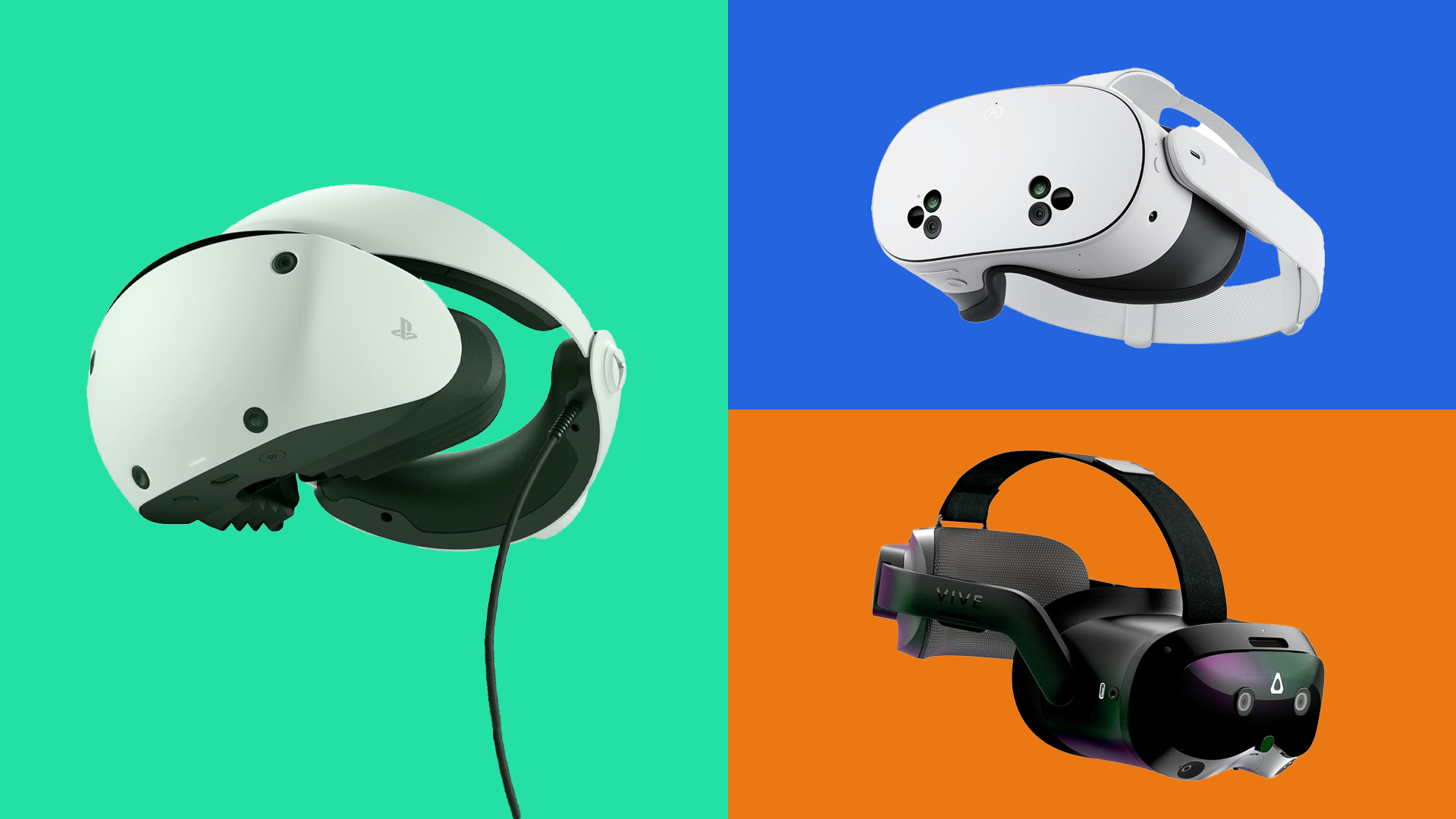3 secrets for successful collaboration
Leading designers share their advice for pulling together as a team for the common good.
If you're part of a talented design studios and working with the best creative directors in the industry, you'll know that sometimes egos can get in the way of business. But good designers know how to put their differences aside and focus on the task at hand. As part of Computer Art's video series with The Partners, creative director Stuart Radford and account director Suzanne Neal reveal how they forge successful collaborations.
01. Work hard to shared goals
Large enough to have a dedicated strategy department, the Partners ensures that it works closely with creatives from the outset of a project. “In another organisation, as a designer you might be handed over the strategy and told to get on and bring that to life,” points out Radford.
While Radford and Neal concede that their agendas can conflict, the end goal is always the same: making a brilliant piece of work. “What I’m doing in terms of the creative process doesn’t always fit neatly into the blocks of time or budget that we have,” admits Radford. “It’s a balancing act, and we both work together to build the really strong relationships we have with the clients,” continues Neal.
02. Review work regularly
In order to maintain the agency’s impeccably high standards across a huge variety of projects, regular review sessions are essential. Monthly reviews across all projects, at whatever stage, enable the creative directors to influence the work, while quarterly reviews act more as a benchmarking retrospective.
“We also catch up daily or weekly with the client, and if it’s a longstanding client we may also do a six-monthly or yearly health check,” adds Neal.
03. Bring in external specialists
The Partners particularly excels at collaborating with external craft specialists, such as illustrators – and Neal insists it all comes down to being honest about where your expertise does, and doesn’t, lie. “We can’t do everything,” she points
out. “It’s about finding the right people for the job, and that’s not always us.”
“You’d really end up limiting yourself if you brought that kind of thing in-house,” adds Radford. “It means we’re not tied to any particular technique. We have the freedom to think of what is right, and then find the right person to do that.”
Daily design news, reviews, how-tos and more, as picked by the editors.
This article originally appeared in Computer Arts issue 257; buy it here.

Nick has worked with world-class agencies including Wolff Olins, Taxi Studio and Vault49 on brand storytelling, tone of voice and verbal strategy for global brands such as Virgin, TikTok, and Bite Back 2030. Nick launched the Brand Impact Awards in 2013 while editor of Computer Arts, and remains chair of judges. He's written for Creative Bloq on design and branding matters since the site's launch.
